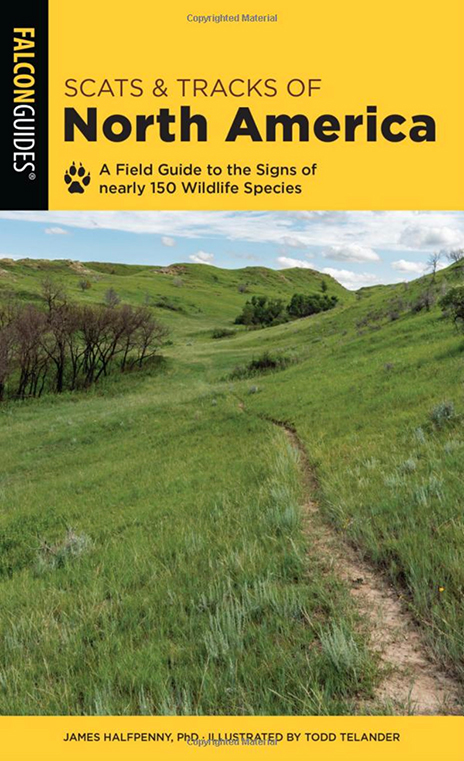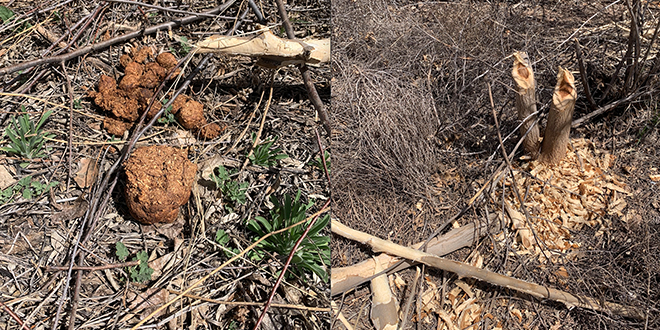We all look forward to the warmer weather and longer days of summer to spend more time outdoors. Although camping can be very relaxing and a much-needed break for our brain, it can also be a great time to train our brain and learn about wildlife. There are signs of wildlife everywhere; you have to prepare yourself for what to look for.
Identifying wildlife can be as easy as finding a track to something more challenging, like finding a piece of hair in a barbed-wire fence. There are two types of wildlife signs that are probably the easiest when it comes to identifying wildlife. If you master the two signs that I will be covering in this article, you can start to challenge yourself and your family on more complex signs.

One of the easiest things to spot and most of us see everywhere is poop, or as we call it in the biology world, scat. Scat can come in many different shapes and sizes, and there are many other things it can tell you about the animal. For instance, the moisture content will tell you how recently an animal was there. The moister the scat, the fresher it is. So, if you find a pile of bear scat in your camp that is moist, you can be sure that he or she is probably close by. The size, shape and what is in it can also tell you if the animal is big or small, while some scat can tell you whether it’s male or female. Take a beaver, for instance; it is relatively easy to identify due to the location, what you find in it and the addition of chewed-up trees in the area. Other types of scat can be more challenging to identify.
Animal tracks are another great way to identify wildlife. Tracks range in many different sizes, lengths and widths; each one is unique, making them easy to tell apart. Tracks in some species can even tell you whether it’s a male or female. Because most wildlife is most active from dusk until dawn, biologists rely a lot on their tracks to determine what may be coming to a water source or lurking around one’s home getting in the trash or garden. Just about everywhere you step in the outdoors, there is a track, whether it’s the tiniest of lizards to a mule deer buck that walked through camp while you were sound asleep.
I have been identifying scat and tracks since I graduated from New Mexico State University in December of 1999 and went to work for the New Mexico Department of Game and Fish. Although I have seen just about every track and scat in New Mexico, I still carry a field guide to this day. Every year, I find something I have a hard time identifying, and having a field guide helps. There are many field guides on tracks, but my favorite and the one I always carry is, Scats and Tracks of North America. I take this field guide with me in my backpack everywhere I go, whether I am hunting, fishing or just hiking around. Although this field guide works best for me, there are many different ones out there, so find the one that works best for you. These field guides are very informative and inexpensive, and some of them have apps that can be downloaded on your smartphone.
 New Mexico Wildlife magazine Conserving New Mexico's Wildlife for Future Generations
New Mexico Wildlife magazine Conserving New Mexico's Wildlife for Future Generations
